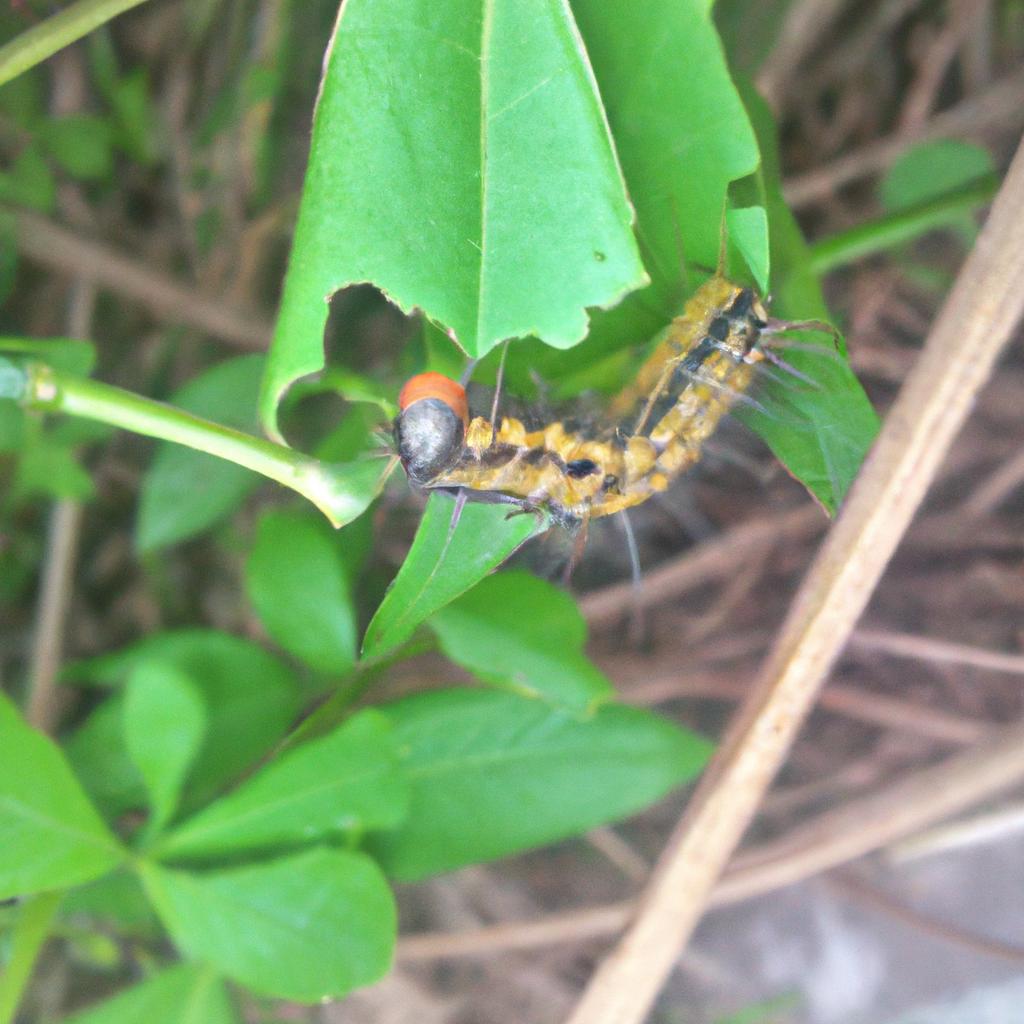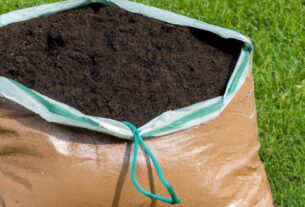Gardening is a wonderful experience that brings many benefits, from providing fresh produce to enhancing your outdoor living space. However, dealing with pesky garden pests can be frustrating. These unwelcome visitors can cause damage to your plants, resulting in stunted growth, reduced yield, and even death.
Identify Common Garden Pests
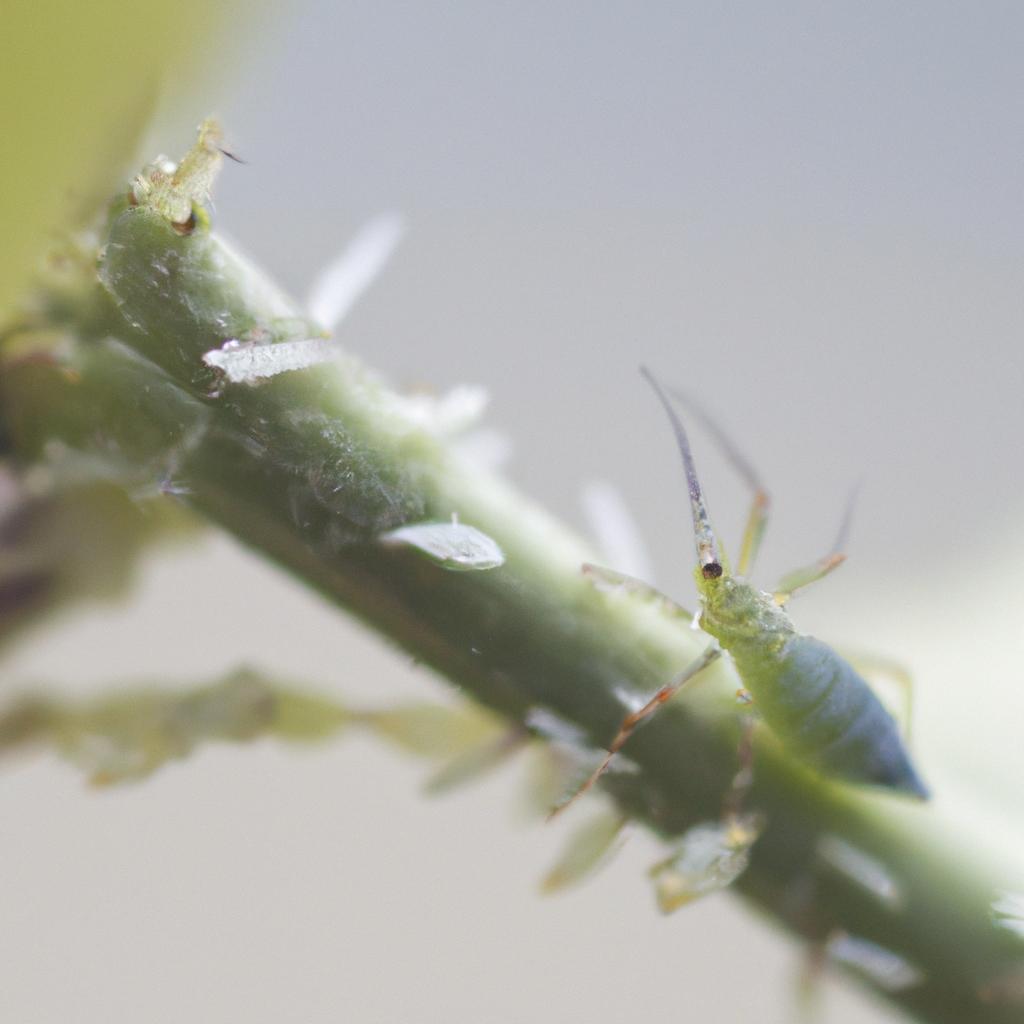
Various types of garden pests can infest your garden, and knowing how to identify them is the first step in effectively managing them. Let’s take a look at some of the most common ones:
Aphids
Aphids are tiny, pear-shaped insects that suck the sap out of plants’ leaves, stems, and flowers. These pesky creatures can reproduce rapidly, forming colonies that cause leaves to curl, turn yellow, and eventually fall off.
Slugs and Snails
Slugs and snails are mollusks that feed on plants’ leaves, stems, and roots. They leave behind a slimy trail and can cause significant damage, especially to seedlings and young plants.
Caterpillars
Caterpillars are the larval stage of moths and butterflies. They are notorious for feasting on leaves and fruits. Some species, like the tomato hornworm, can even defoliate an entire tomato plant in just a matter of days.
Beetles
Beetles, such as the Japanese beetle and the Colorado potato beetle, can defoliate plants and wreak havoc on crops like potatoes, tomatoes, and peppers.
Identifying and understanding the characteristics of these common garden pests is crucial for developing effective pest management strategies and preventing damage to your plants.
The Effects of Garden Pests
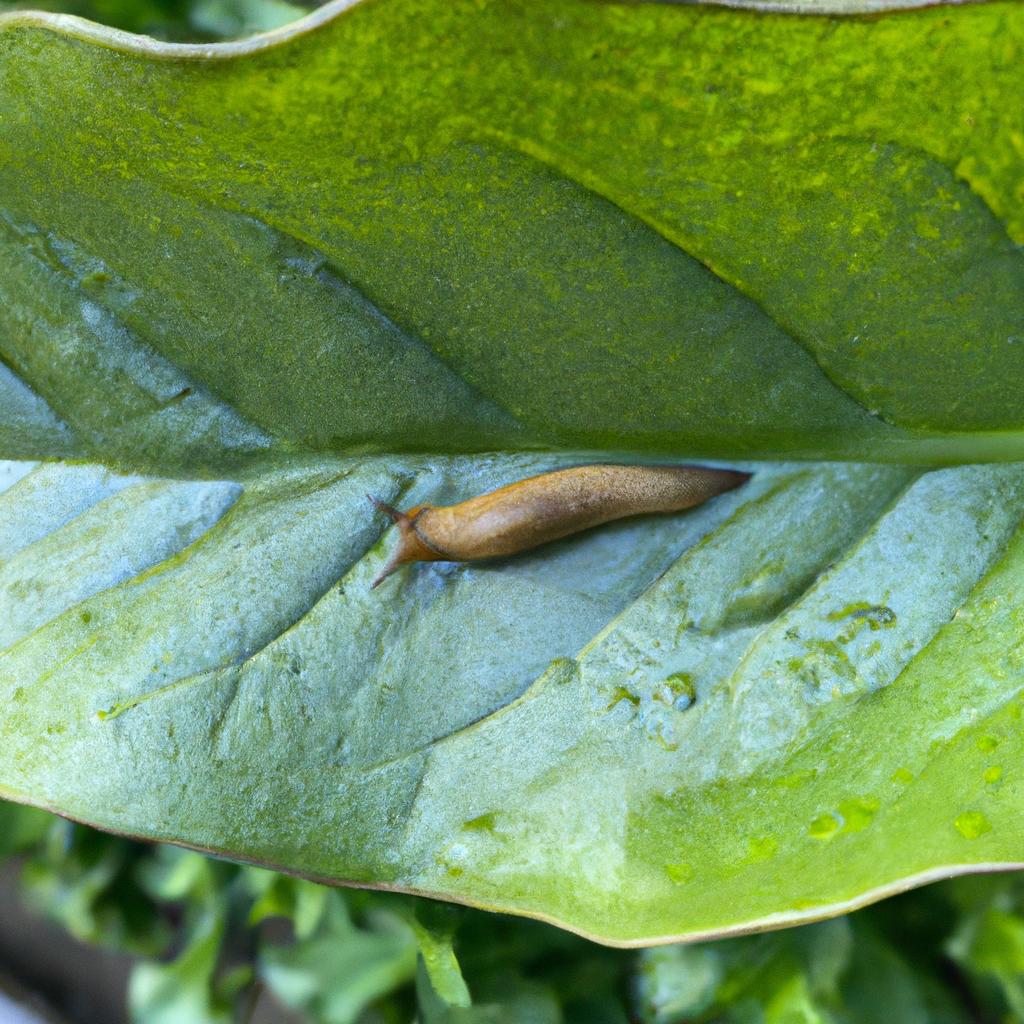
Garden pests can cause significant harm to your plants, resulting in reduced yield, stunted growth, and even death. They can also transmit diseases and harmful microorganisms, leading to further damage. For example, aphids can transmit viruses that cause yellowing and curling of leaves, while slugs and snails can transmit nematodes that damage plant roots. It’s crucial to manage garden pests to protect your garden.
Types of Damage Caused by Garden Pests
Garden pests can cause various types of damage to plants, depending on the pest and the plant’s growth stage. Some common types of damage include:
- Defoliation: Pests like caterpillars and beetles can eat away at plant leaves, causing defoliation.
- Stunted Growth: Garden pests can interfere with a plant’s water and nutrient absorption, leading to stunted growth.
- Reduced Yield: Pests such as aphids and mites can decrease crop yield by feeding on fruits and flowers.
- Disease Transmission: Some garden pests can transmit viruses and fungi, causing further damage to plants.
Impact on Plant Growth and Yield
The impact of garden pests on plant growth and yield can be significant, especially when infestations are severe and left unmanaged. In some cases, an entire crop can be lost due to a severe infestation. Additionally, the damage caused by garden pests weakens plants and makes them more susceptible to other pests and diseases.
Preventing and Controlling Garden Pests
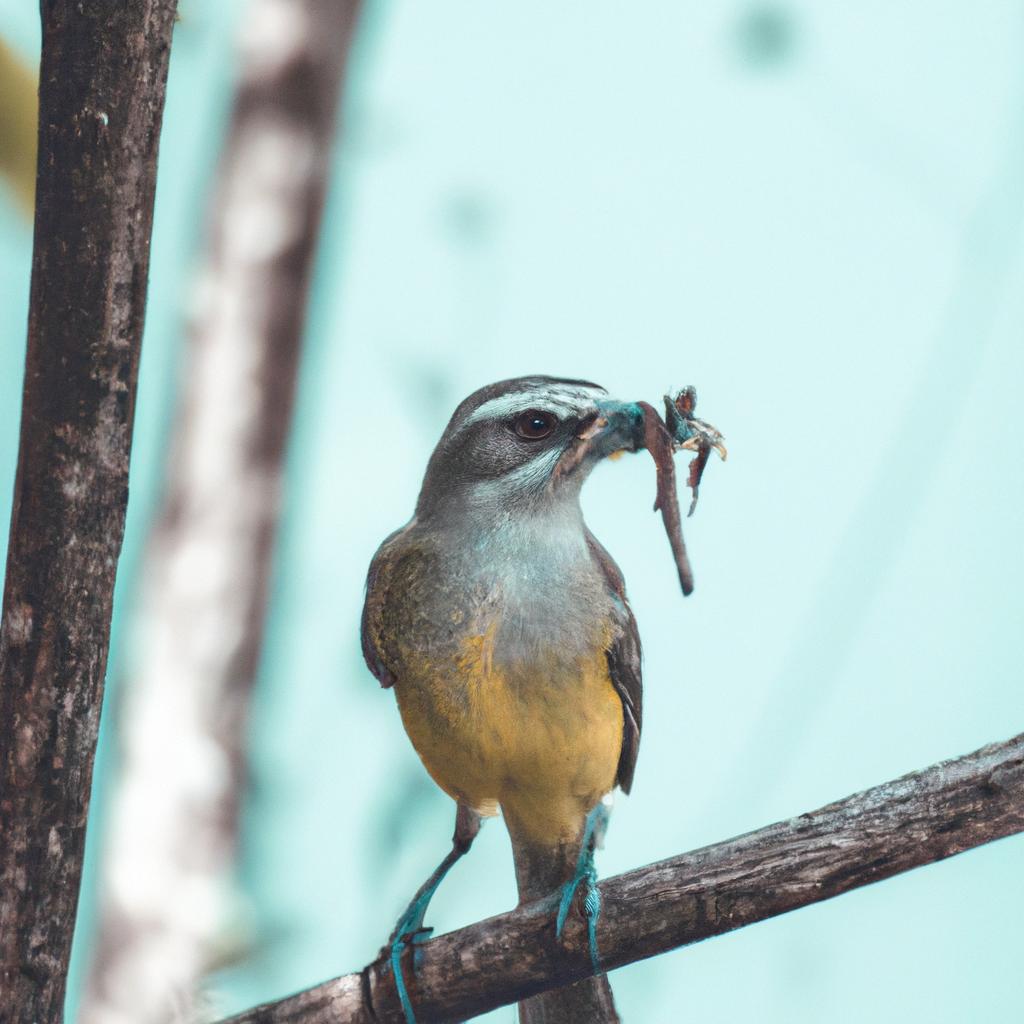
Preventing and controlling garden pests is crucial for maintaining a healthy garden. Here are some approaches to pest management:
Cultural Practices for Pest Prevention
Cultural practices involve modifying the growing environment to prevent or deter pests. Some common cultural practices to prevent garden pests include:
- Crop rotation: Rotate crops each season to prevent the build-up of pests and diseases that target specific plants.
- Companion planting: Plant certain plants together to deter pests and attract beneficial insects that prey on pests.
- Proper irrigation and fertilization: Provide plants with adequate water and nutrients to help them resist pests and diseases.
Natural and Chemical Methods for Pest Control
There are two main types of pest control methods: natural and chemical. Natural methods involve using biological controls, such as beneficial insects and microorganisms, to manage pests. Chemical methods involve using pesticides to kill or repel pests.
Natural methods are generally preferred as they are safer for the environment and humans. However, in severe infestations, chemical methods may be necessary. It’s crucial to read and follow the instructions on pesticide labels and use them only as directed to avoid harm to beneficial insects, animals, and the environment.
By implementing effective pest management strategies, you can prevent damage to your plants and ensure a healthy and productive garden.
Integrated Pest Management (IPM)
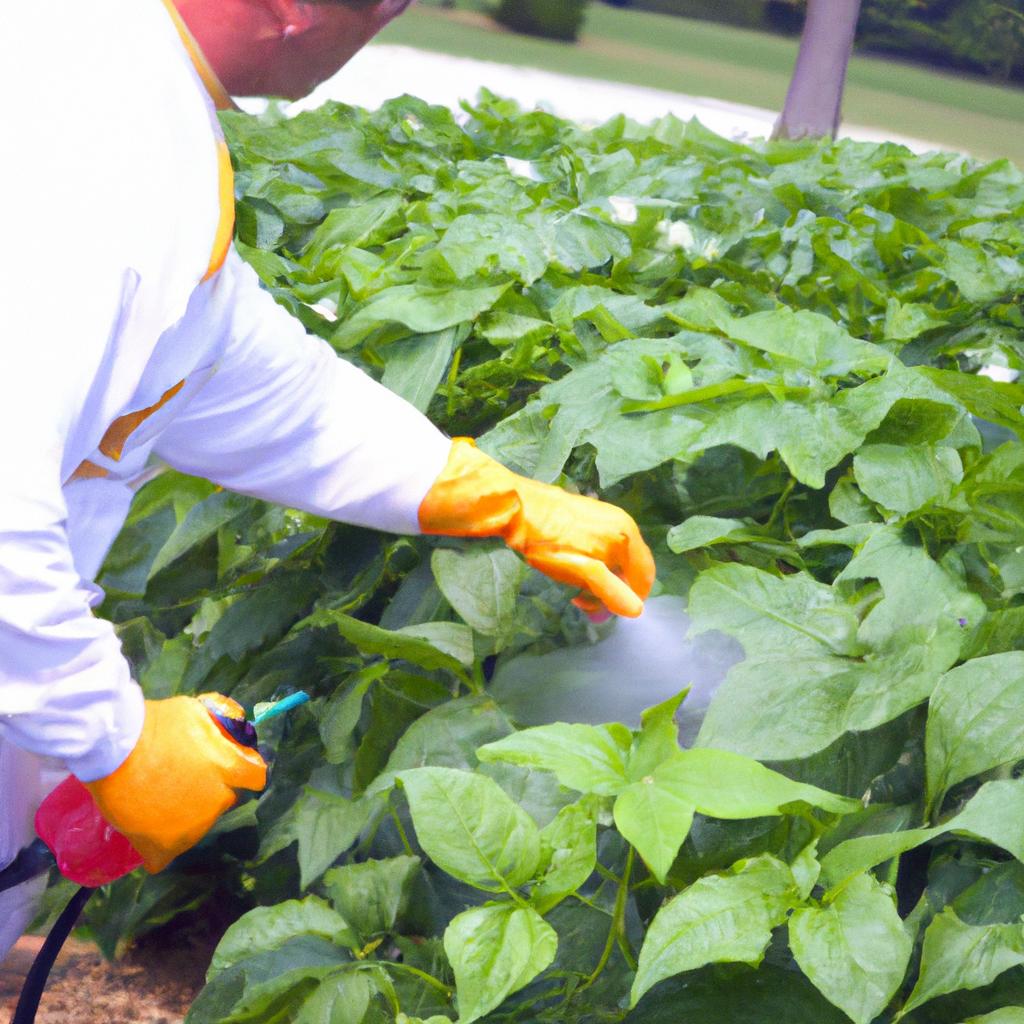
Integrated Pest Management (IPM) is an approach that combines various pest control strategies, such as cultural, biological, and chemical control, to effectively manage pests. The goal of IPM is to minimize the use of harmful pesticides while still effectively managing garden pests. It involves monitoring pests, identifying them correctly, and using the most appropriate control methods.
The benefits of IPM in garden pest control are numerous. Firstly, it reduces the use of harmful pesticides that can harm the environment, wildlife, and humans. Secondly, it promotes the use of natural and non-toxic methods, such as biological control using natural predators and parasites. Lastly, IPM is cost-effective, as it reduces the need for expensive pesticides and chemical treatments.
In Conclusion
Dealing with garden pests is a challenge for any gardener. However, by identifying and managing these pesky invaders, you can prevent damage and ensure a healthy garden. Effective pest management strategies, such as IPM, reduce the use of harmful pesticides and promote natural and non-toxic methods of pest control. As a gardener, it’s essential to stay vigilant and proactive in pest control efforts to ensure optimal plant growth and yield. At TooLacks, we encourage all gardeners to prioritize ongoing pest management to achieve a flourishing and productive garden. Visit TooLacks for more gardening tips and resources.
